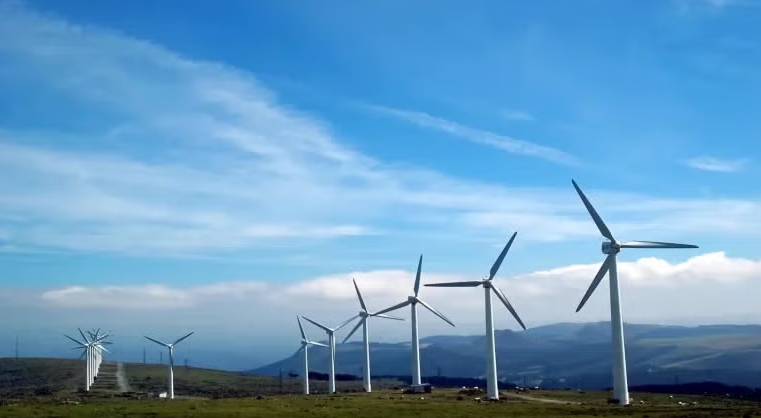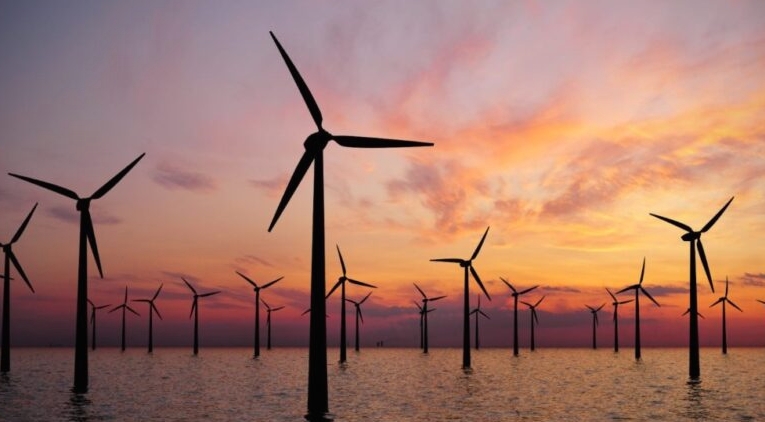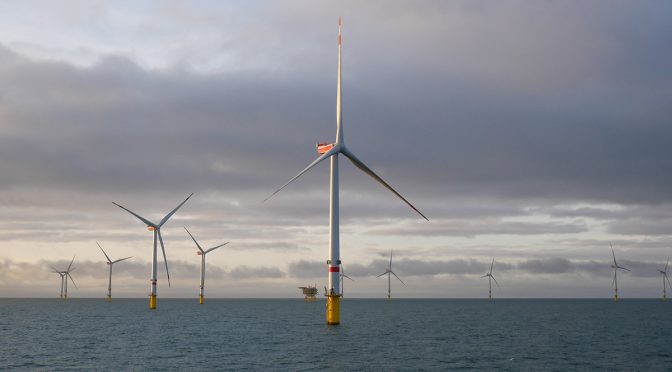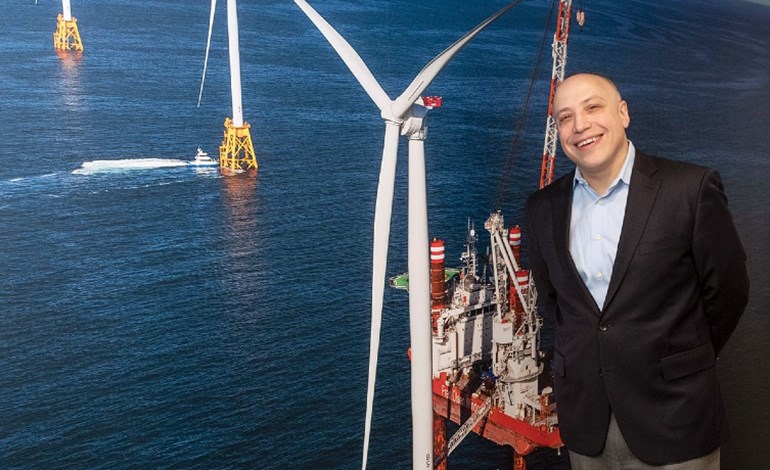The number of thermal coal plants in development pipelines of major Asian countries continues to free-fall, according to new data. The decline poses a warning to the world’s biggest exporters of thermal coal – Australia and Indonesia – to check supply.
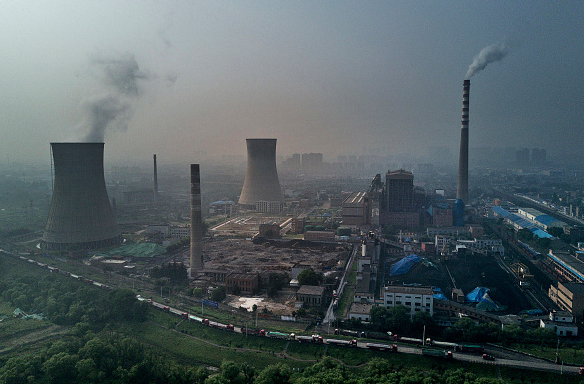
Embed from Getty Images
The latest coal-fired power plant data released by Global Energy Monitor (GEM) in March shows further shrinkage of coal development pipelines of Japan, Taiwan, Malaysia, India, Pakistan, Bangladesh, Vietnam and China.
Countries across Asia are shifting away from thermal coal into cleaner renewable-energy options, further validating the prediction of the Institute for Energy Economics and Financial Analysis (IEEFA) that the Asian seaborne thermal coal market is approaching long-term, permanent decline.
China is the biggest importer of thermal coal, with a 19% share of global imports. The latest GEM data show China’s thermal coal plant pipeline plummeting 86% since 2015.
The second-largest importer is India, with the latest GEM figures showing the development pipeline has collapsed by a remarkable 81% since 2015.
Japanese, Korean pipelines eroding
Representing a 13% share of global thermal coal imports, Japan’s pipeline of new coal-fired power plants collapsed 64% in four years according to the latest GEM data, putting Japan’s pipeline under 4.6 gigawatts, from almost 12.7GW of projects at January 2015.
South Korea has a 10% share of global thermal coal imports. It has stopped issuing permits for new coal plants and has only one remaining in the development pipeline. The country is likely to now target 30-35% renewable energy by 2040, up from 8% today.
Indeed, Bloomberg New Energy Finance forecasts the South Korean electricity generation mix will move from 72% coal and nuclear in 2017, to 71% gas and renewables by 2050.
Taiwan has a 6% share of global thermal coal imports and it has an empty coal plant pipeline. New builds in Malaysia are also off the cards.
Pakistan, Bangladesh and Vietnam’s coal plans are also shrinking, with fewer projects under development than six months ago.
China is the key
It is China’s drastically shrinking pipeline, however, that is most likely to have a significant impact on the Asian seaborne thermal coal trade.
While China added 194 million metric tons of new domestic coal mining capacity in 2018 – not far off the total thermal coal imported into China in 2018 (216 million tonnes) – the country’s coal plant pipeline is likely to continue to decline as the nation grapples with air pollution by prioritizing gas-fired power and renewables over coal. China recently increased its renewable energy consumption targets from 20% to 35% by 2030.
While there is some evidence that previously suspended Chinese coal projects have restarted, this is unlikely to support the seaborne trade in the long run, as China has its own thermal coal reserves and imports represent a small fraction of China’s overall thermal coal consumption.
Coupling the world’s highest rate of renewable-energy installation, domestic coal capacity expansion, and a major focus on switching from coal to gas to meet energy needs, China’s thermal coal imports look set to reduce further going forward.
This has major implications for Indonesia and Australia – the world’s biggest exporters of thermal coal – as China was the destination for nearly one-third of Indonesia’s exports and nearly one-quarter of Australia’s in 2018.
Indonesian and Australian exporters will be looking for other markets to fill the gap.
No one to fill the gap
Southeast Asia will certainly see some demand growth, but from a small base which is unlikely to be enough, especially as thermal coal imports by Japan, South Korea and Taiwan are also set to decline. Instead, they are likely to be looking at India to lift the market. However, there are a number of reasons this is not likely to happen.
Because of cheaper renewable-energy take-up, India’s coal-fired power build-out has been shrinking much faster than expected with only net 20 megawatts of thermal power additions during the first 11 months of the current Indian fiscal year.
Like China, India has major domestic reserves of thermal coal and is working hard to resolve transport logistics issues to improve domestic supply.
India is also highly dependent on fossil fuel imports but because of energy-security concerns, wants to reduce thermal coal imports in favor of a reliance on domestic coal coupled with a rapid expansion in renewable energy to meet growing electricity demand.
Peak coal is now on the horizon in India.
Similar to China, India’s shrinking thermal coal pipeline is bad news for major thermal coal exporters who will increasingly be fighting over a declining market. With the pipeline of coal-fired power plants shrinking, the Asian seaborne thermal coal trade is headed for significant long-term decline.Faced with an over-supplied market, thermal coal miners now need to reassess the sense of opening up further coal mining capacity.
